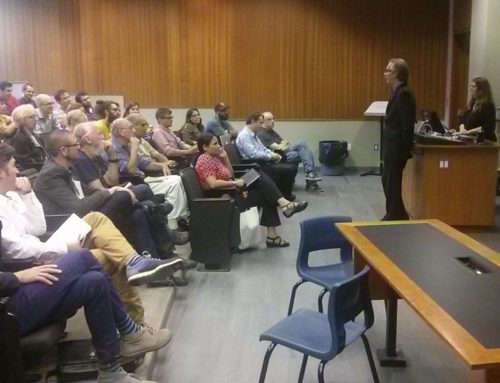Jason Davidson (University of Waterloo)
Title: Coupled Atmospheric and Hydrologic Modeling
Integrated hydrologic models require high-resolution atmospheric data sets. However, traditional modeling approaches use low-resolution met station data for an entire catchment, despite the availability of high-resolution atmospheric model data. With this in mind, we propose a new realm of water cycle modeling by coupling an integrated surface/ subsurface model to an atmospheric model. This study explores the coupling process of HydroGeoSphere (HGS), a control volume finite-element variably saturated subsurface and surface water model with energy transport, to two separate atmospheric codes. We first coupled HydroGeoSphere to an idealized zero-dimensional atmospheric boundary layer (ABL) model that incorporates moisture and energy balance fluxes with a dynamic boundary layer height. The coupled HGS-ABL model was applied to a regional scale catchment for a 100 day simulation period, and results confirmed a strong correlation between the depth of groundwater and latent heat fluxes. Furthermore, the HGS-ABL model simulations demonstrated that deeper root zone depths provide a stronger atmospheric buffering capacity than shallower roots. The second atmospheric model coupled to HGS was a mesoscale finite-difference nonhydrostatic climate model, Weather Research and Forecasting (WRF). The preliminary results of the HGS-WRF simulations show that our fully integrated approach improves water cycle simulations by tightly coupling the moisture and energy fluxes between the subsurface, surface and atmospheric domains.






